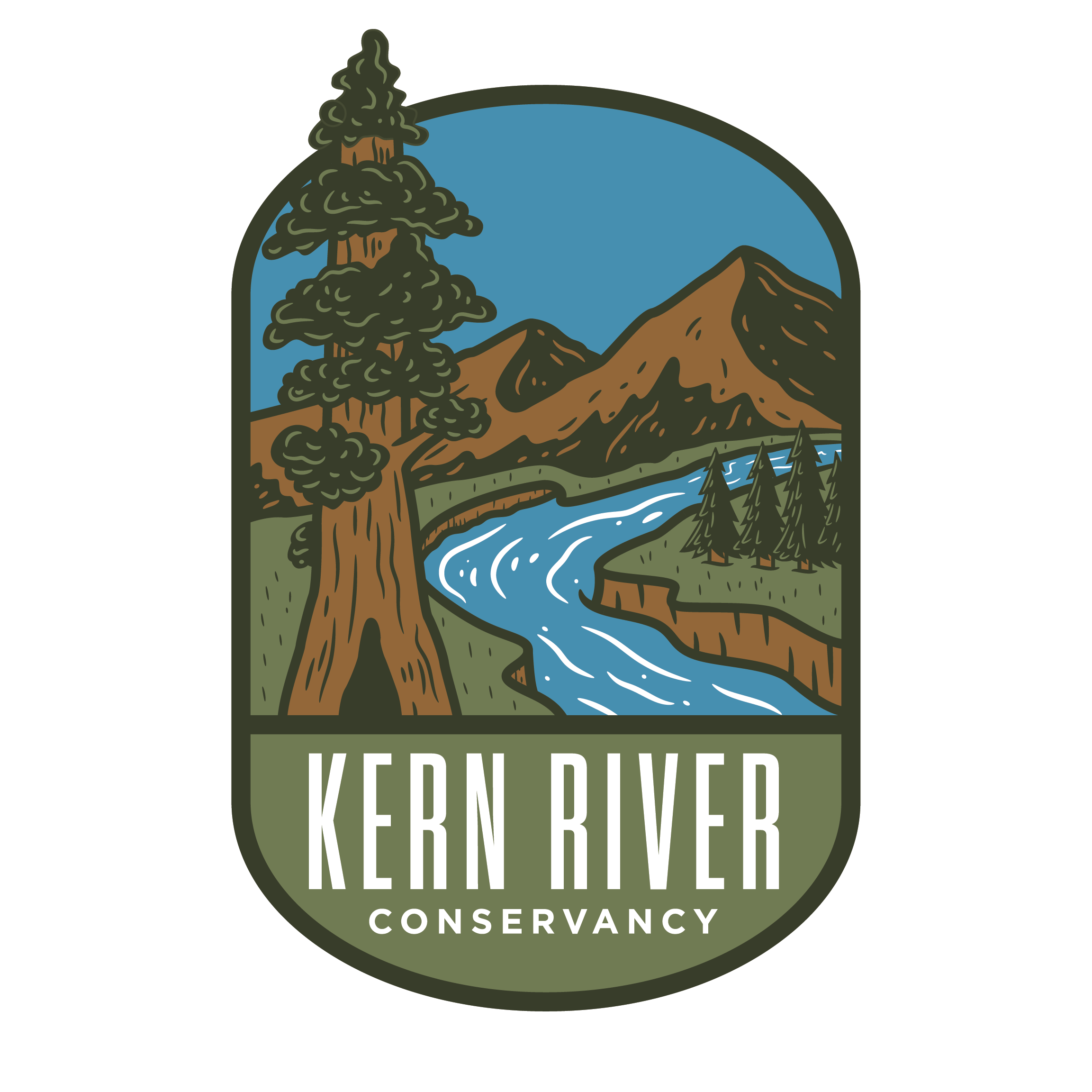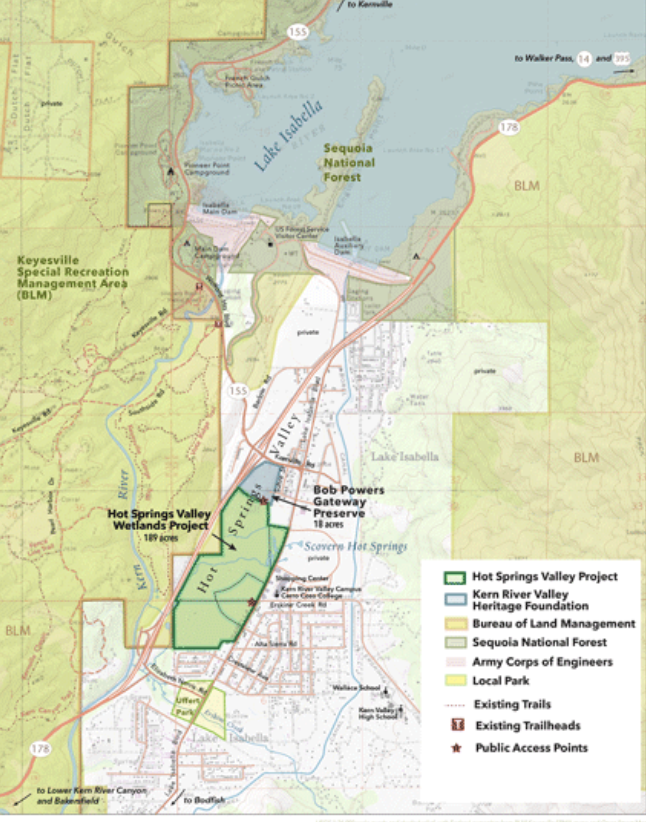Hot Springs Valley Wetlands Restoration
Wetlands
This year more so than in recent years, our local wetlands have played a crucial role in the overall health of our valley. Wetlands act as a sponge and aid in flood protection and with all of the rain this year, we have heavily relied on healthy wetland ecosystems. Not only do they absorb water during the wet season, but they also slowly release it during the dry season, maintaining a balanced ecosystem. Furthermore, wetlands help to keep rivers clean by acting as a filtration system trapping nutrients such as phosphorus and nitrogen. This week, we chatted with the Kern River Valley Heritage Foundation to learn a bit more about the Hot Springs Valley Wetland. To learn more about the foundation and all of the work they are doing, check out their website here.
Hot Springs Valley Wetland
What are wetlands?
Wetlands are areas where water covers the soil or is present either at or near the surface of the soil all year or for varying periods of time during the year, including during the growing season.Water saturation (hydrology) largely determines how the soil develops and the types of plant and animal communities living in and on the soil. Wetlands may support both aquatic and terrestrial species. The prolonged presence of water creates conditions that favor the growth of specially adapted plants (hydrophytes) and promote the development of characteristic wetland (hydric) soils.
Why is the preservation of the Hot Springs Valley Wetlands important?
Natural wetlands have been on a steady decline, primarily due to development. When these wetlands are lost many plants and animals lose their natural habitat, which sometimes leads to species decline. One of the goals of the Kern River Valley Heritage Foundation (KRVHF) is to preserve and even possibly enhance habitat for both plants and animals. Keeping the wetlands wet is a very simple and important step that can be easily achieved, even by a small local non-profit organization.
Red-winged Blackbird
What is being done to preserve these wetlands?
The lack of development is the most important aspect to help maintain the health of the wetlands. We also take steps to enhance the wetlands by supplementing water flow during very dry periods and controlling non-native plant encroachment by physical means and a grazing management plan using local ranchers’ cattle.




